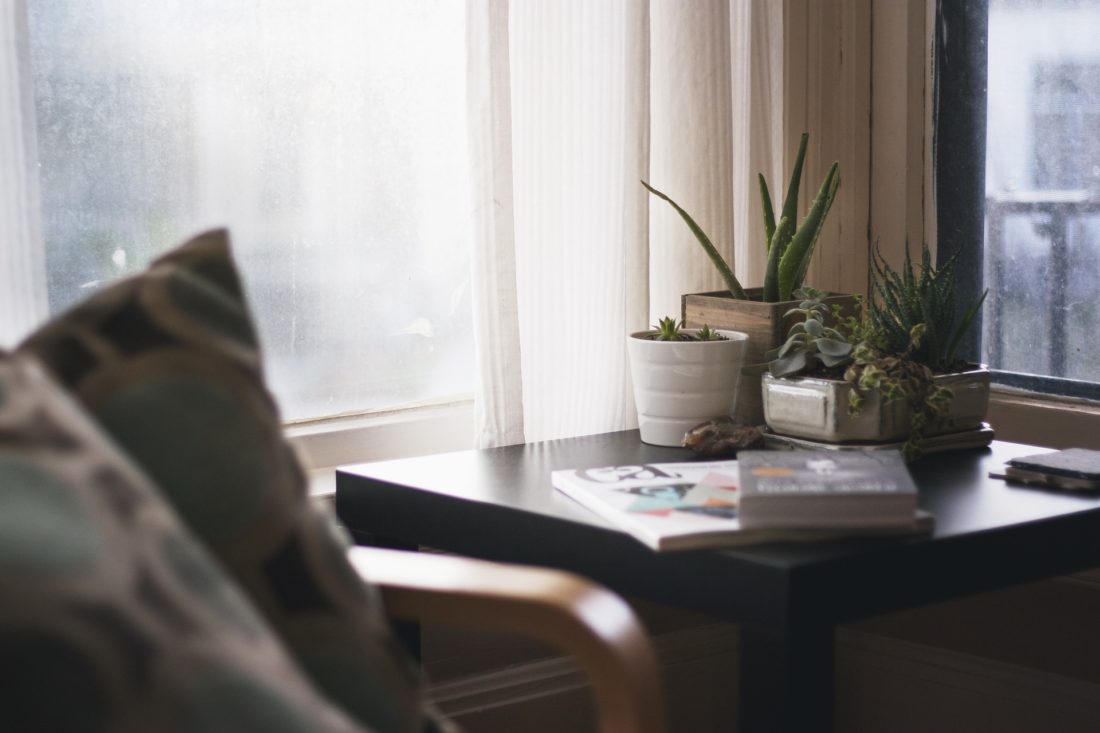How to Make Your House A More Quiet Place to Live
After the hustle and bustle of the day and especially with all the noise associated with our urban cities, most people expect to be able to come back to their homes and enjoy some tranquility. Sadly, this is not the case for all of us.
Some folks are forced to live in apartments or areas where the noise continues in various forms. It could be a noisy neighbor, loud music from the neighborhood, stomping of feet above you or even noise from within your own very home. Whatever the source of the unwanted sound, if you understand that it has health implications, as shown here, you will treat as urgent the need to make your home or at least a part of it a quiet and tranquil space.
What is Noise?
Before we begin to delve into the “how” of making your house or space in your house quiet, we need to first understand what we mean by noise. To put it in the simplest of forms, noise is a type of sound that is loud and basically unwanted.
One sound can be loud but not considered as noise and another can have a lower sound pressure level (SPL) and still constitute noise simply because it is not wanted. The key thing that therefore differentiates one sound as noise is the fact that it is not wanted and therefore constitutes a disturbance.
Let’s look at a practical example. If your neighbor is having a party and playing loud music, those at the party will likely be enjoying themselves while you in your home will consider their enjoyment to be noise simply because it is a disturbance.
Understanding Sound and How it Relates with Materials
Before you can begin to try to soundproof or make your house quiet, you must first understand how sound operates. Acoustic waves will travel through ANY medium. The only thing it cannot travel through is a vacuum.
Having said the above, sound travels in various media to varying extents. There is a rating known as NRC or Noise Reduction Coefficient. This basically refers to how well or how badly sound travels through a material.
A rating of 0 indicates that the material will completely reflect sound waves, which also means not allowing them pass at all. At the other end of the spectrum, a rating of 1 means that the material will completely allow sound into it, that is absorb sound completely. The other ratings, between 0 and 1, range from 0.1 to 0.9.
Understanding the above is essential when dealing with different soundproofing techniques or when aiming for a particular outcome.
How to Make a Space Quieter
Contrary to what may be a common thought, noise reduction does not only mean keeping noise out. It could also mean keeping noise from getting out of a space. Understandably, the most common attempts are made to keep noise from getting into a space.
Interestingly though, when done right, the same techniques that help keep noise out will also help keep it in.
Since we have stated that the source of noise can be external or internal, it makes sense to approach a solution with these two sources in mind.
Dealing with External Noise Source
Unwanted sound can get into a house from some obvious points. These include doors and windows. Other less obvious points include vents, walls, and roofs. If the aim is to achieve total and complete isolation, then we will be looking at structural changes that should best have been done during construction. This will usually require creating a vacuum around the space.
In most cases though, the aim is simply a massive reduction in the SPL getting in. To this end, the following can be done:
Doors
If you have sturdy doors, you can use a special adhesive weather stripping material to form a tight seal between the door(s) and the frame. If however the doors are not sturdy, you can line them with acoustic materials that can effectively reflect sound (on the outside) and those that will absorb them on the inside.
Windows
Use double window panes or cover windows with heavy window blinds. There are blackout blinds that offer impressive soundproofing properties.
Walls
If you have thin walls, you may consider covering it with absorbent materials. Some 3D wall papers can serve this purpose effectively.
Dealing with Internal Sources
There are different things that can make sound within a space to become a disturbance. There are acoustic concepts like standing waves, flutter echoes and the like, that can make a hitherto pleasant sound to be unpleasant.
To deal with this kind of challenge, your focus will be to provide a number of surfaces where these audio waves can be absorbed, ensuring that they are not reflected back into the room multiple times, thereby causing flutter echoes and standing waves.
To achieve this, you can do the following:
Place Acoustic Panels at Strategic Points
Acoustic panels are great for absorbing mid to high frequency acoustic energy. Place these in positions where sound is likely to hit directly from sources such as speakers. These panels will quickly absorb the acoustic energy, reducing its intensity.
Use Heavy Blinds
The blinds will also serve as absorption points. From what we discussed above, they will also reduce incoming sound.
Use Rugs or Wooden Floors
Absorbent floors help reduce the intensity of acoustic energies in a space. Wooden floors or rugs with good underlays will serve well.
Bass Traps
These are special fixtures which you will usually find in audio studios. They are important for trapping low frequency acoustic energy.
Conclusion
To achieve the best result, a combination of some of the methods listed above will need to be used together. Note however that the suggestions proffered above simply represent a few options you can consider. To get a more comprehensive list of solutions, consult a soundproofing professional.
